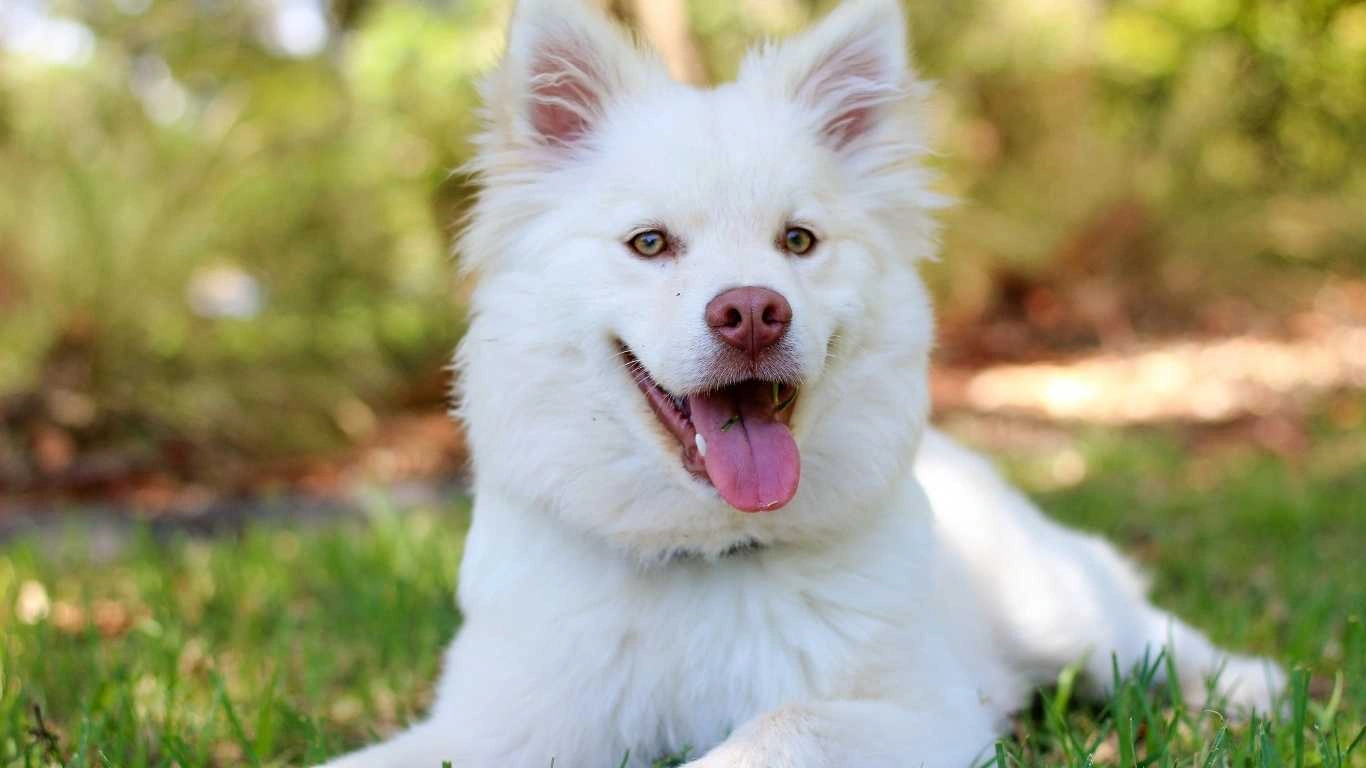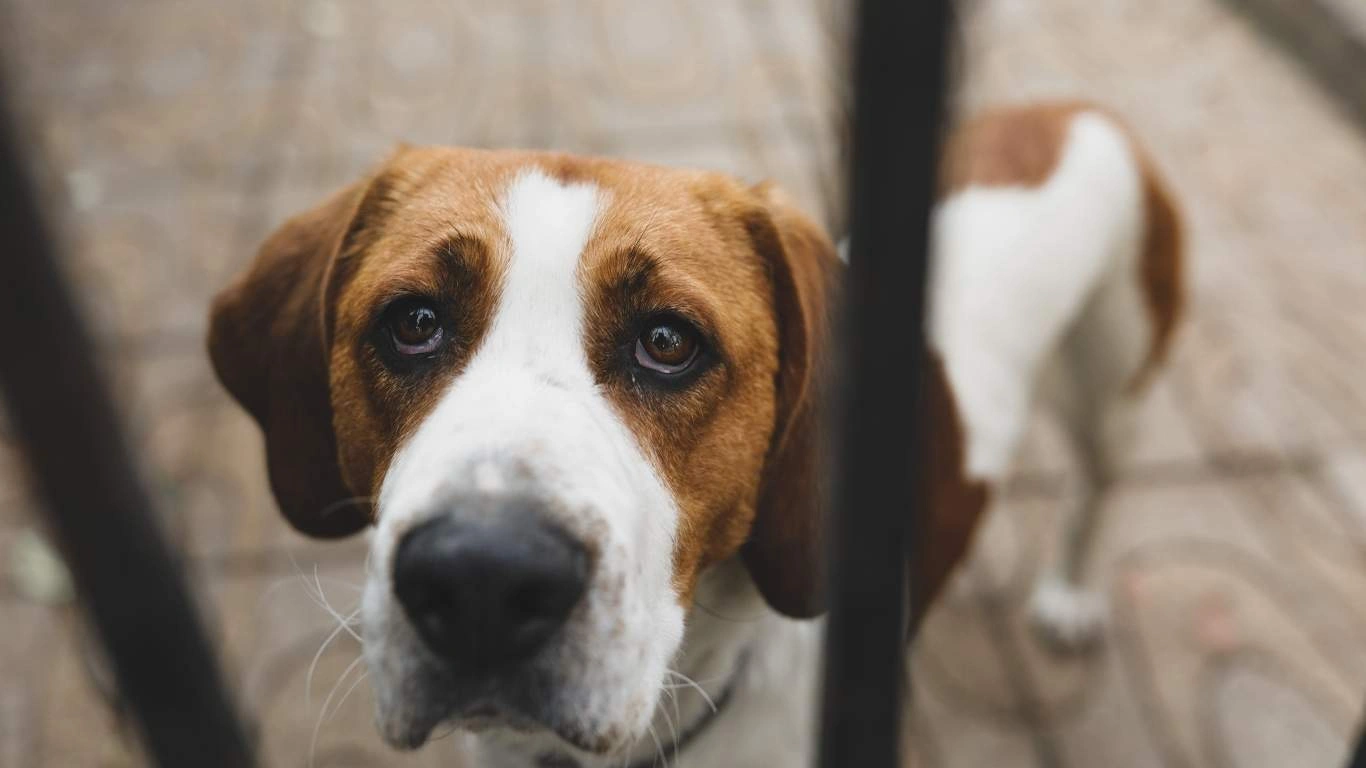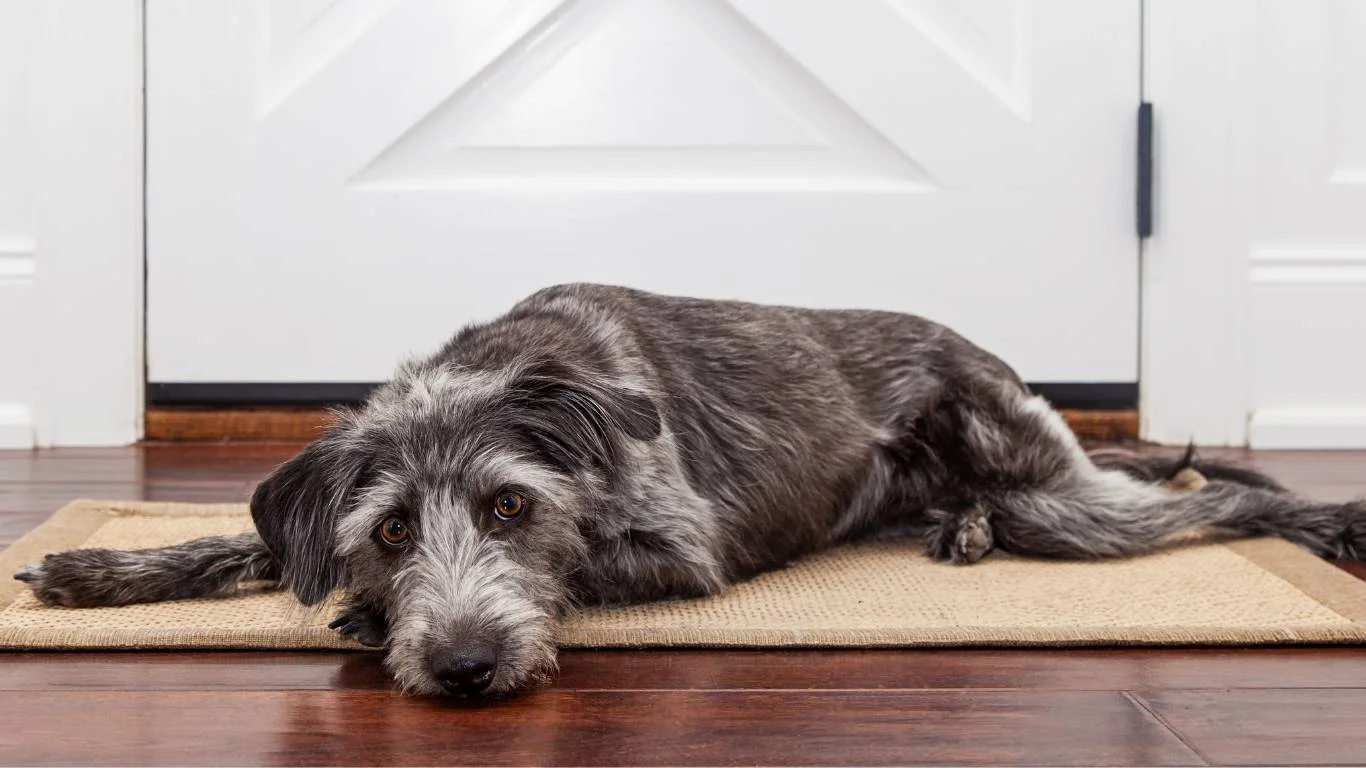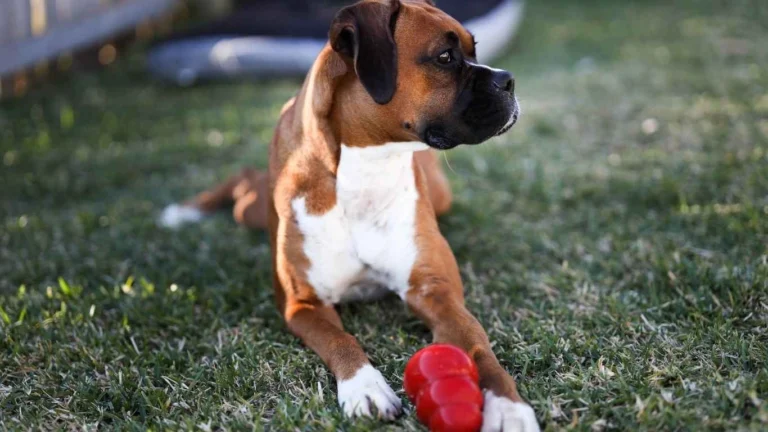Dog Health Tips That Every Pet Owner Should Know (Must-Read!)
Keeping your pup happy and healthy isn’t just about love and belly rubs—it’s about smart choices, consistency, and a little bit of expert insight. Over my years working in veterinary clinics as a pet nutritionist, I’ve seen firsthand how small tweaks in diet, exercise, and daily care can make a world of difference. That’s why I’m sharing these dog health tips to help you navigate the best practices for your furry best friend. Whether you’ve got a playful puppy or a wise old senior, these tips will keep tails wagging for years to come.
Nutrition Matters: Feed for Optimal Health

Ever heard the phrase “you are what you eat”? Well, the same goes for dogs! A balanced diet is the foundation of good health, but I’ve seen plenty of cases where well-meaning owners unknowingly make mistakes. Let’s break it down:
Choose High-Quality Dog Food
Not all kibble is created equal. Many commercial brands are packed with fillers, artificial preservatives, and low-quality proteins. When choosing dog food:
- Look for high-quality animal protein (like chicken, beef, or fish) as the first ingredient.
- Avoid foods with excessive corn, wheat, or soy, as these can trigger allergies or digestive issues.
- Opt for brands that use natural preservatives like tocopherols (Vitamin E) instead of synthetic chemicals.
Raw, Cooked, or Kibble?
This is one of the most common debates I hear in my practice! Each diet type has its pros and cons:
- Kibble: Convenient, cost-effective, and often nutritionally balanced—but choose wisely.
- Raw Diet: Can be nutrient-dense and natural but requires careful meal planning to avoid deficiencies.
- Home-Cooked Meals: A great option if done right, but make sure you’re meeting all nutritional needs.
Whatever route you take, talk to your vet or a pet nutritionist (like me!) to ensure your dog is getting everything they need.
Hydration: The Overlooked Key to Dog Health

Most pet owners focus on food but forget about hydration. Dehydration can lead to serious health issues like kidney problems, urinary infections, and overheating. Here are some ways to ensure your pup stays hydrated:
- Always provide fresh, clean water, and change it at least twice a day.
- Encourage drinking by using pet water fountains—some dogs love the flowing water!
- During hot weather or long walks, carry a portable dog water bottle.
- For picky drinkers, try adding a splash of low-sodium bone broth to their water for flavor.
Exercise: More Than Just Walks

Keeping your dog active is just as important as feeding them well. But let’s be real—some dogs are couch potatoes! I’ve had clients tell me, “My dog just lays around all day,” and my first question is always, “What kind of activities are you doing together?”
Tailoring Exercise to Your Dog’s Needs
Different breeds have different energy levels. A husky and a pug don’t need the same workout routine! Here’s a quick guide:
- High-Energy Breeds: Border Collies, Huskies, and Labs need at least an hour of vigorous exercise daily.
- Moderate-Energy Breeds: Bulldogs, Cocker Spaniels, and Boxers thrive on 30–45 minutes of activity.
- Low-Energy Breeds: Chihuahuas, Pugs, and Basset Hounds are content with short walks and indoor play.
Mix up activities to keep it fun! Some dogs love fetch, while others might prefer agility courses or hiking trails.
Preventative Care: Stay Ahead of Health Issues

One of the biggest lessons I’ve learned as a pet nutritionist is that preventative care saves a ton of stress (and vet bills!) down the road. I’ve seen countless cases where simple early detection could have prevented serious health issues. So, what does proactive pet care look like?
Regular Vet Checkups Are Non-Negotiable
Even if your pup seems perfectly fine, annual vet visits are a must. Why?
- Early detection of conditions like arthritis, dental disease, and heart problems can lead to better treatment outcomes.
- Routine bloodwork and exams help catch hidden issues before they escalate.
- Vets can provide customized dietary advice—because every dog is different!
Dental Health: More Than Just Fresh Breath
If I had a dollar for every time a pet owner ignored their dog’s teeth, I’d be rich! Dental disease is one of the most common but overlooked health problems in dogs. Here’s how to keep those canine chompers clean:
- Brush your dog’s teeth at least 3 times a week using pet-safe toothpaste.
- Provide dental chews and toys that help reduce tartar buildup.
- Schedule professional cleanings if your vet recommends it.
Grooming: More Than Just Looking Good

Grooming isn’t just about making your dog look cute—it’s an essential part of their health and well-being. Over the years, I’ve had clients bring in dogs with skin infections, matted fur, or ear problems that could have been easily avoided with a proper grooming routine.
Brushing: Not Just for Long-Haired Breeds
Many people assume only fluffy dogs need brushing, but that’s a big misconception. Regular brushing helps:
- Remove loose hair and reduce shedding.
- Distribute natural skin oils, keeping the coat shiny.
- Prevent painful mats and tangles, especially for breeds like Golden Retrievers and Shih Tzus.
Bathing: Finding the Right Balance
Bathing your dog too often can dry out their skin, while not bathing them enough can lead to bad odors and skin infections. Here’s a general guideline:
- Short-haired breeds (like Beagles): Every 6-8 weeks.
- Long-haired breeds (like Maltese): Every 4-6 weeks.
- Dogs with skin conditions: As per your vet’s recommendation.
Understanding Your Dog’s Mental Health

Dog health isn’t just about the physical aspect—it’s also about their mental and emotional well-being. I’ve seen anxious, stressed-out dogs whose issues were completely fixable with a few adjustments to their environment and routine.
Signs of Stress and Anxiety in Dogs
Just like humans, dogs can get anxious, and they express it in different ways:
- Excessive licking or chewing on their paws.
- Destructive behaviors like chewing furniture or digging.
- Restlessness, whining, or excessive barking.
Ways to Keep Your Dog Mentally Stimulated
A bored dog can quickly turn into a destructive one. Keep their brain engaged with:
- Puzzle toys that challenge their problem-solving skills.
- Regular training sessions—dogs love learning new tricks!
- Quality time and interactive play with their favorite human (that’s you!).
Exercise and Weight Management: Keeping Your Dog Fit and Happy

One thing I always stress to pet parents is that exercise is just as important as diet when it comes to dog health. Over the years, I’ve seen far too many overweight pups struggling with joint pain, heart disease, and low energy levels—all because they weren’t getting the right amount of activity.
How Much Exercise Does Your Dog Need?
Every dog is different, but here’s a general guideline based on breed type:
- High-energy breeds (like Border Collies, Huskies): At least 1.5 to 2 hours of exercise daily.
- Moderate-energy breeds (like Golden Retrievers, Cocker Spaniels): About 1 hour of activity per day.
- Low-energy breeds (like Bulldogs, Basset Hounds): 30-45 minutes of light activity.
Fun Ways to Keep Your Dog Active
Not every dog enjoys the same type of exercise, so it’s important to mix things up. Here are some creative ways to get them moving:
- Interactive fetch: Try throwing a ball down a hill for extra challenge.
- Swimming: A great low-impact exercise, especially for older dogs with joint issues.
- Agility courses: Set up mini obstacles in your backyard for mental and physical stimulation.
- Hide and seek: Hide treats or toys around the house and let your pup sniff them out.
Hydration and Proper Feeding Schedules

Hydration is often overlooked when talking about dog health, but trust me—it’s just as crucial as nutrition and exercise. Dehydration can lead to kidney issues, overheating, and lethargy, especially in active breeds.
How Much Water Should Your Dog Drink?
A good rule of thumb: Dogs should drink about 1 ounce of water per pound of body weight daily. However, active dogs or those living in hot climates may need more.
Setting Up a Healthy Feeding Schedule
Just like humans, dogs thrive on consistency. Here’s a basic feeding schedule based on age:
- Puppies (under 6 months): 3-4 small meals per day.
- Adult dogs (6 months and older): 2 meals per day (morning and evening).
- Senior dogs: May need smaller, more frequent meals depending on their health.
Building a Lifelong Bond Through Care
At the end of the day, keeping your dog healthy isn’t just about proper food, exercise, and vet visits—it’s about creating a loving, trusting relationship. I’ve seen firsthand how small daily habits, like regular belly rubs, a well-balanced diet, and mental stimulation, can completely transform a dog’s quality of life.
Small Daily Habits That Make a Big Difference
- Talk to your dog—they may not understand every word, but they understand tone.
- Give belly rubs and ear scratches—physical touch strengthens your bond.
- Stick to a routine—dogs feel secure when they know what to expect.
References
Disclaimer
The information in this article is for educational purposes only and should not replace professional veterinary advice. Always consult your vet before making any major changes to your dog’s diet, exercise, or medical care.






